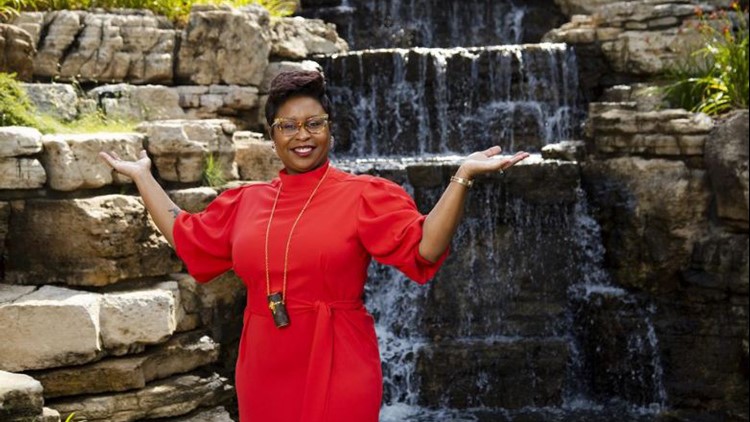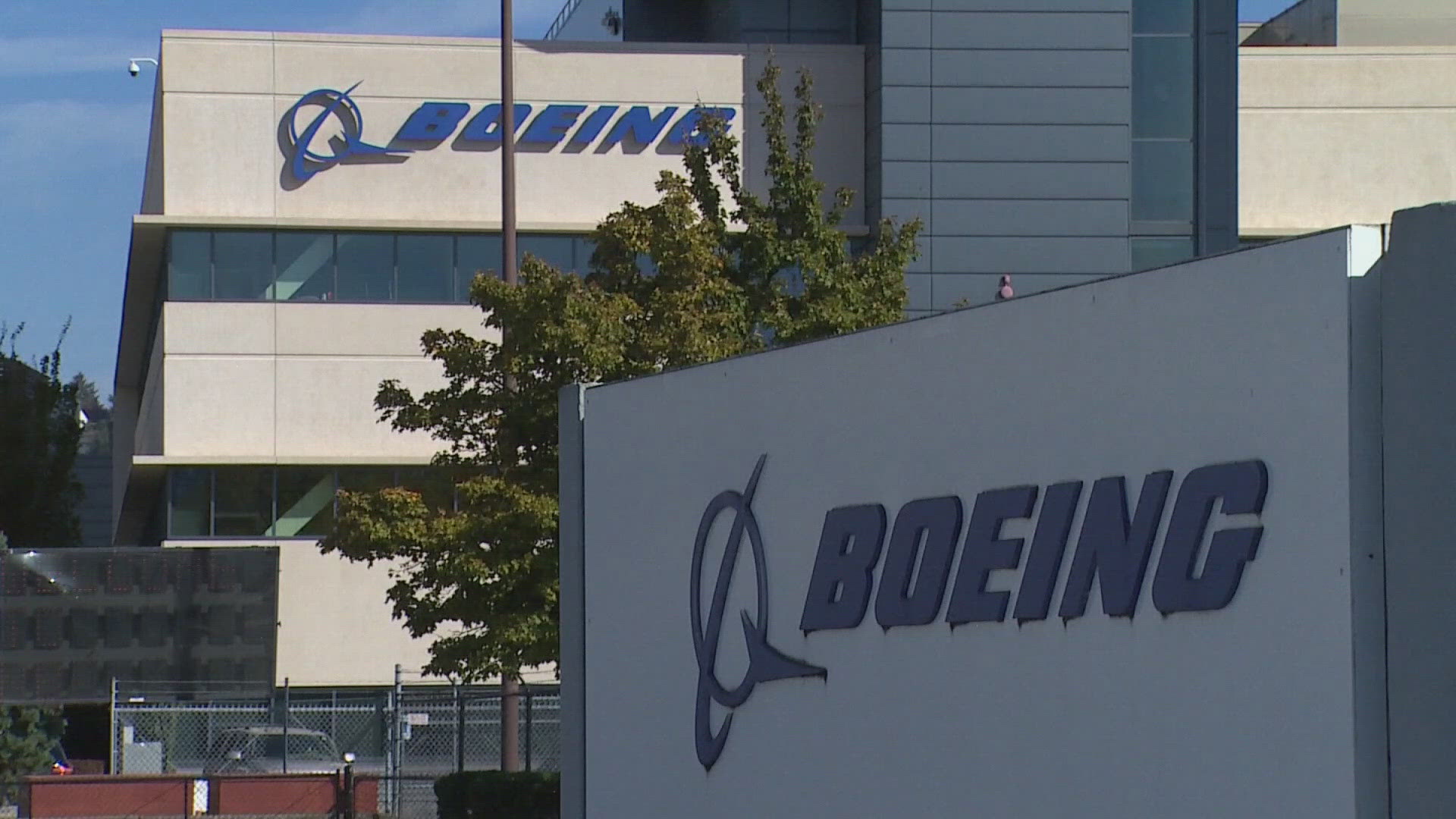ST. LOUIS — For Maryville University’s Stacy Hollins, her love of technology is innate. When she began using a computer as a child, it came easy.
“I just got it, and no one else really around me was really into it,” she said. “From that point, every time a new software came out or new technology came out, I wanted to be the first person to get my hands on it and play with it.”
Hollins has made a career out of technology. She is an associate professor of management information systems and assistant dean of Maryville’s Simon School of Business. In her academic work, Hollins has placed a focus on the “digital divide” and disparities in technology usage.
Where did you grow up? I am from St. Louis. I was actually born in Kinloch, which is known around here as the first Black city. Within the first year of my life, we moved to Berkeley and I grew up there. I grew up as an only child. I do have half-sisters and a half-brother.
How did you end up at Maryville? I was at St. Louis Community College for 11 years as the chair of information systems. Somebody sent me the opportunity at Maryville. I really was hesitant about going because as a Black female, I knew I was serving constituents at St. Louis Community College that looked up to me and needed me in that community. I was really torn. When I went to Maryville and realized they were really working toward diversity and inclusion and have a whole multicultural student service area — devoted to making sure we incorporate this not just into a class or unit but throughout the university — I realized the few students at that time needed me there. I thought, “I do have a place here.” If you have Black students at a predominantly white university, they are like, “Where do I go to talk to someone I can feel comfortable with?” During my first year, it started happening and it felt good to me that I knew I was there for the student body that did look like me. I’m there for all students and all my students come from so many different areas.
Your Ph.D. dissertation was focused on the “digital divide.” What does that entail? In my dissertation, I expanded on the topic. Digital divide used to mean the haves and have-nots. People used to say they have computers, others don’t and that’s where the divide is. But now, we’re getting so many devices out because they are smaller, they are cheaper and they are easier to access. But now people do not have the broadband to use them or the hot spots to use them or the expertise to use them. I expanded on that definition to say it needs to be three components: It needs to be the hardware and software, it needs to be the internet access at top speed and it also needs to be some kind of training or support so that students know what to do when these things are in their homes.
What’s something people would be surprised to know about you? Most often, people are surprised I run half marathons because I eat as much as I run. I think I’ve run eight half marathons. My sister-in-law and I run. It’s been about three years since my last half marathon, but we’re trying to build up to another one.
Click here for the full interview.
More from the Business Journal
- St. Louisan who leads Carnival looks to resume cruises after COVID-19 shutdown
- Black executives share stories of how racism has impacted their lives and careers
- Kimberly Brown helps homeless young women navigate motherhood
- Chris 'Mac' McKenzie turned his love of quality meat into one of St. Louis' best burgers
- St. Louis Character: Geoffrey Soyiantet helps Africans find footing in St. Louis
- How Luis Padilla's small town upbringing led to a career at the Saint Louis Zoo



